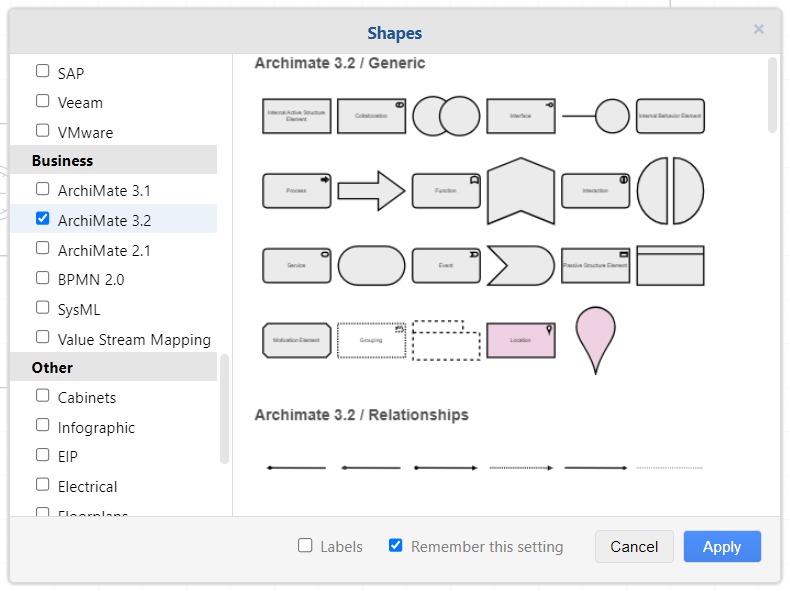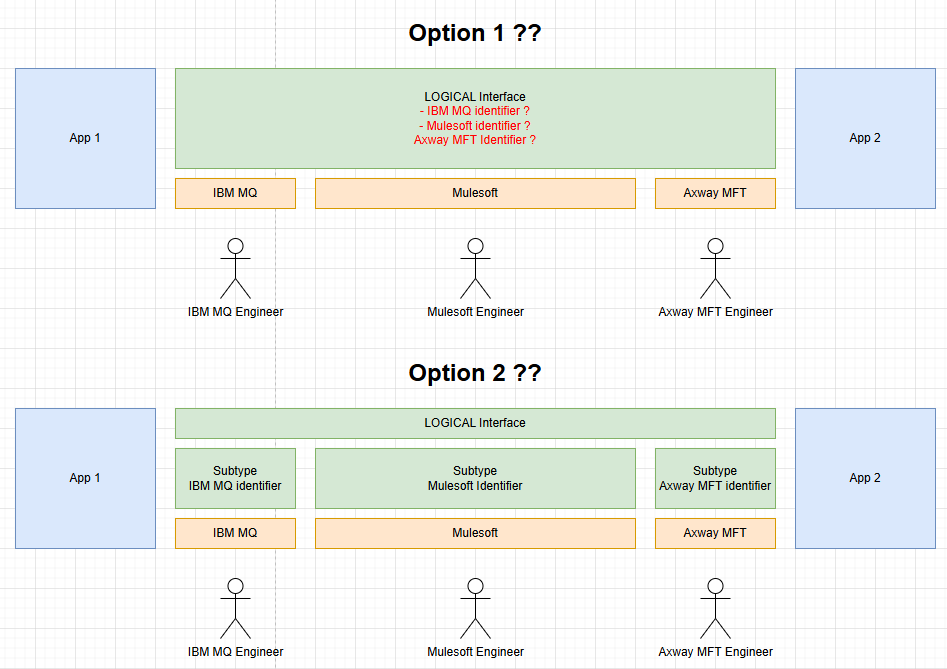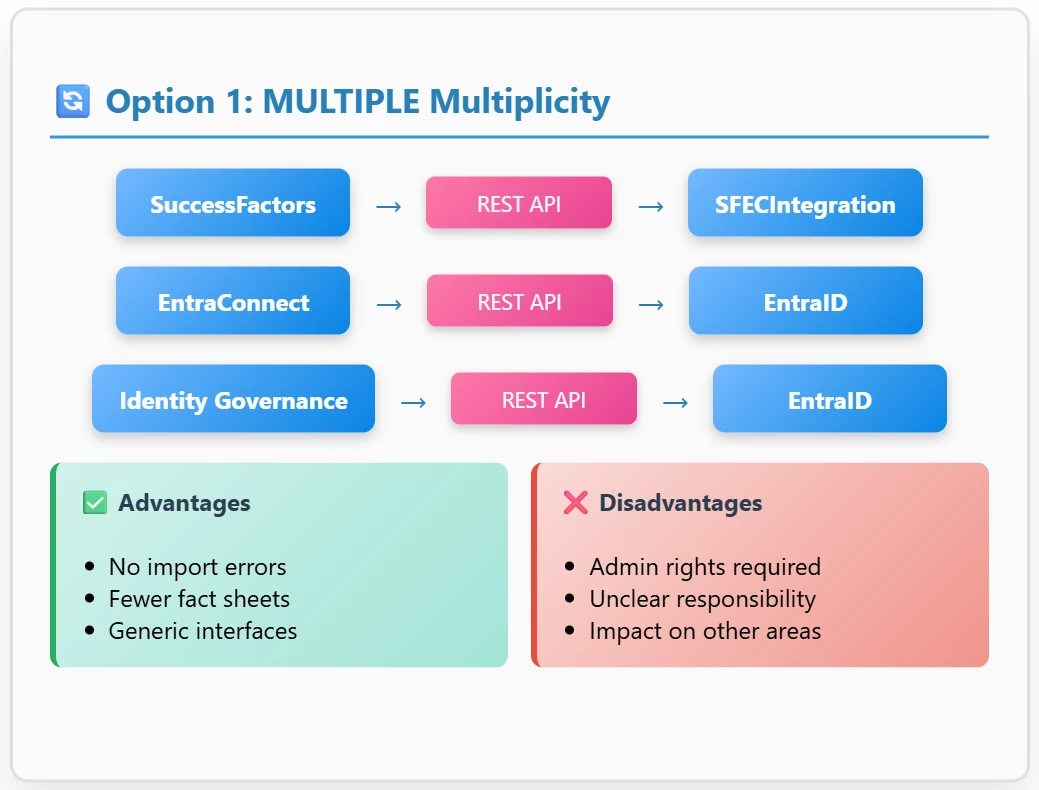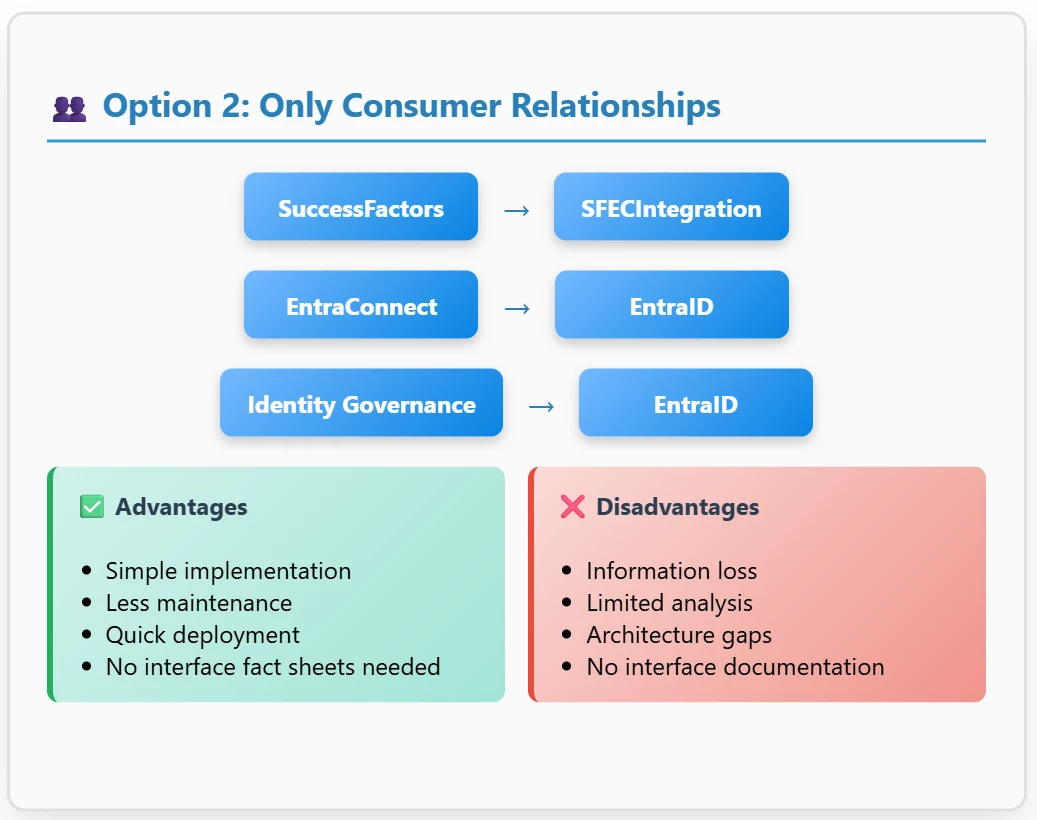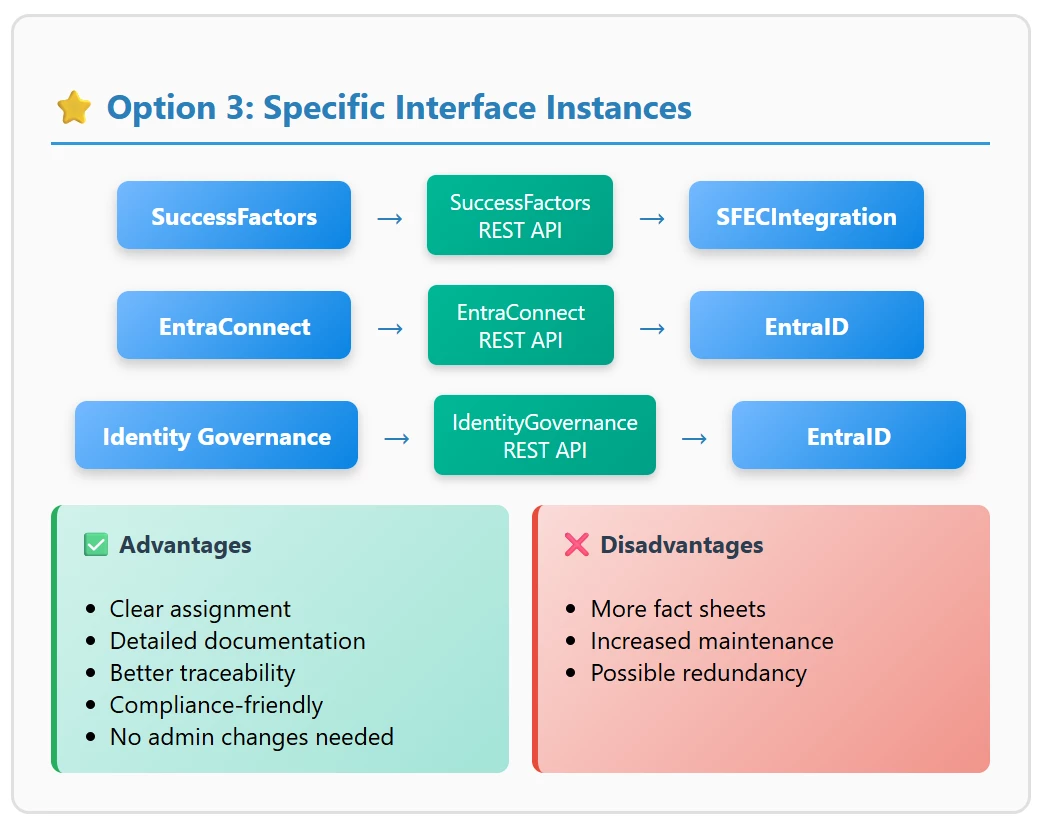Hi All,
We have a couple of challenges, one of them being that an interface can be both a provider as wel as a consumer at the same time. this is how that works:
An application provides a dataset through an interface, this is consumed by another application. That data set is edited in the second application and provided back to application one who then consumes it. At certain points in time that interface also communicates the dataset directly to another interface.
Any advice on how to model that would be greatly appreciated. My preferred solution would be to change the multiplicity from Manty to one to Many to Many relationships on provider as well as Consumer interfaces by the way.




